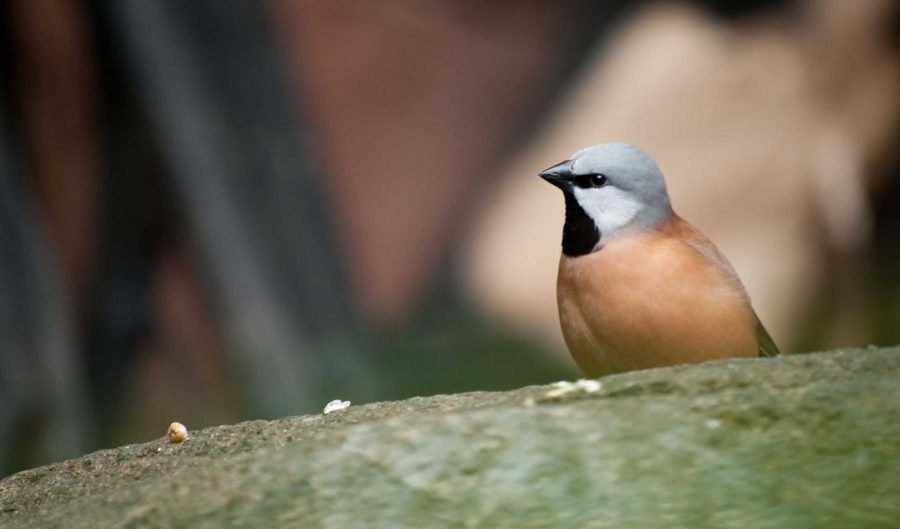Queensland coal mines could further threaten finch species

THE SOUTHERN black-throated finch (Poephila cincta cincta) is likely to be adversely affected by the development of northern Queensland coal mines. The study’s results, released early last year, have been once again highlighted after today’s announcement that some final investment decisions had been made, regarding the Adani Carmichael mine, which is set to be built in Queensland’s Galilee Basin.
The finch inhabits an area from Rockhampton north to Townsville, with its biggest stronghold being within the basin.
Scientists say that given the finch is sensitive to land modification this means the finch could rapidly move from the endangered to extinct species list.
The proposed sites for Adani, Alpha, Kevin’s Corner, China First, China Stone and South Galilee coal mines cover 1700sq.km of land between them.
April Reside from the University of Queensland and CSIRO’s Eric Vanderduys, the study’s lead researchers, say that the Adani Carmichael mine will pose a significantly bigger threat to the finch than the other mines.
“The Carmichael mine in particular covers the best ‘hotspot’ known for black-throated finches,” the scientists told online news site The Conversation. “ Were these mines to go ahead, the finches are likely to suffer steep declines… Our research also shows that of the very high-quality habitat known in the Galilee Basin, 50% is under threat from mines that have undergone advanced planning.”
In addition to the loss of habitat, April told Australian Geographic that the mines will wipe out the black-coated finches food supply.
“They may have a tiny patch in one place that’s seeding just after it rains but after that seed is depleted they’ll have to go searching for food. They’ll be spending so much time searching for food that they won’t have time to breed meaning less recruitment in the population.”
A paper reporting the results of the study has been published in PLOSone. In it, Reside and Vanderduys, also criticise a government approach to endangered species known as ‘biodiversity offsetting’. It means protecting a species in one area to make up for negative impacts in another.
Researchers say that offsetting is not a viable option in the case of the black-throated finch.
“Offsets are supposed to result in “no net loss” of that species. In the case of black-throated finches, this means offsets should maintain the population at roughly the same trajectory as they would be on without the mining,” the researchers write in The Conversation. “Areas proposed as offsets for one mine are potentially subject to development approval for other mines. However, for a species that has lost 80% of its range (and is therefore demonstrably sensitive), losing any more of its key habitat guarantees an increased loss of finches.”
April says that the key to ensuring the future existence of the black-throated finches is avoiding further degradation of their habitats.
“If it’s a pastoral property we could reach out to the land holders and ask what we can do to help them so that they don’t need to start laying buffel grass (Cenchrus ciliaris) and other introduced grass species, ideally replacing them with native grasses,” she told Australian Geographic.
READ MORE:
- Infographic: the state of coal.
- River on fire: even if it’s not coal seam gas we should still be concerned.
- What’s the hurry for CSG fracking?

